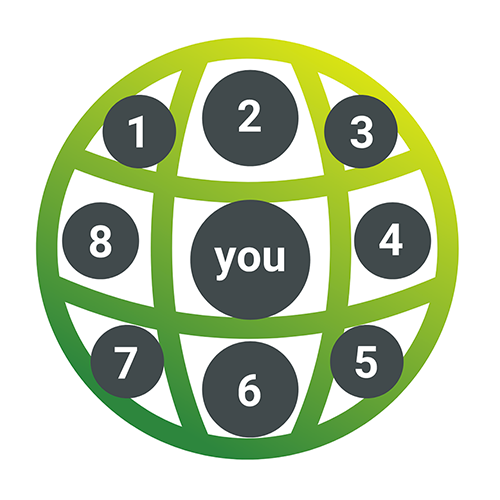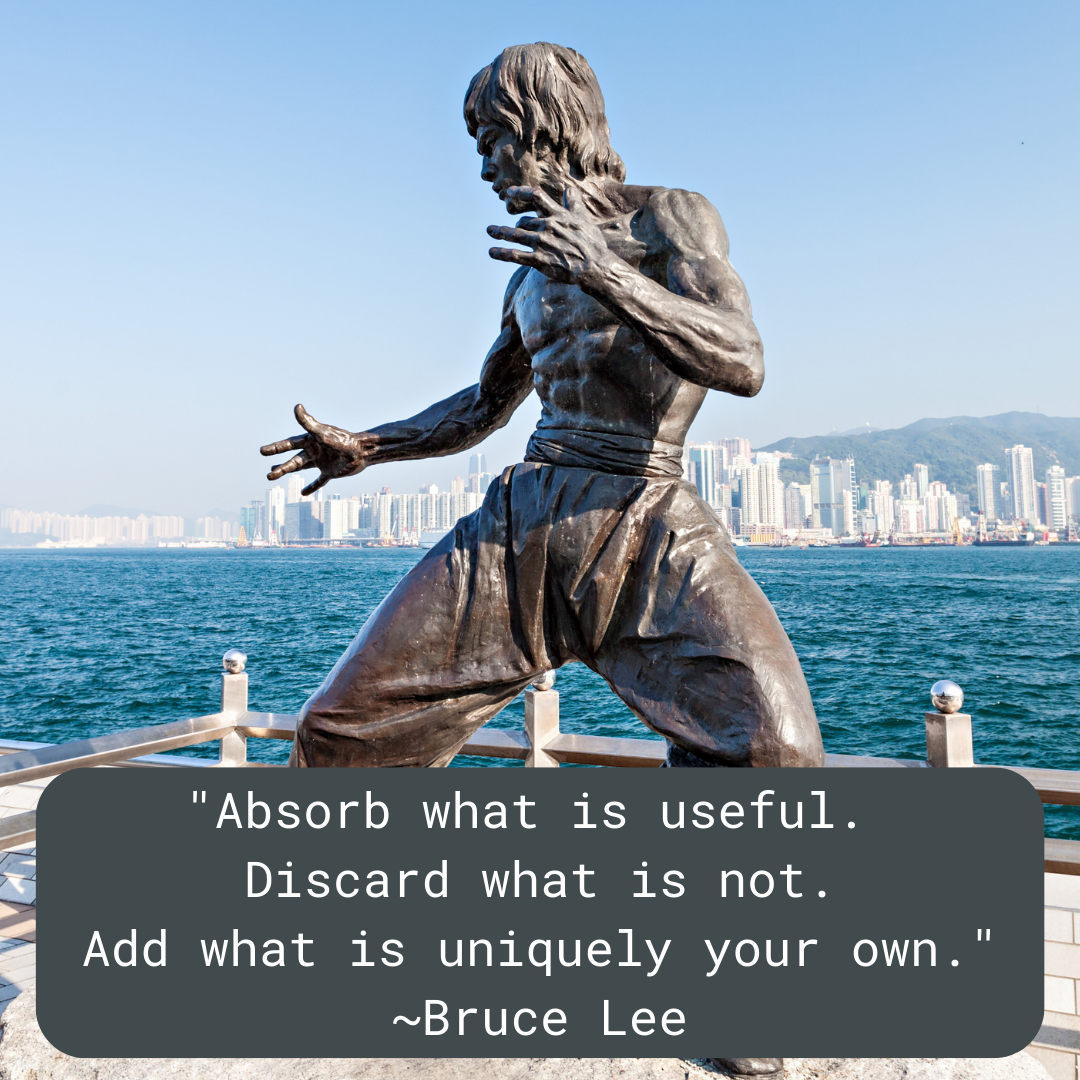Companies have advisory boards for guidance and accountability. Who is on your personal board of advisors for growth and development?

Do you have a core group of people that you go to for advice or guidance? Have you ever heard of a personal board of advisors? Let’s talk about the 8 pieces of your personal board of advisors. What they are and who they look like!
We have all heard about the importance of having a mentor at work and you have likely benefited from one or more mentors throughout your professional journey. Have you thought about adding a second mentor to the mix or maybe even a handful of advisors
There is a need for this and you can learn more about tips for building your board and ongoing best practices that Pete Schramm speaks about. He has delivered a TEDx talk, delivered multiple keynotes for Fortune 500 companies, and his first book will have a full chapter about this concept.
Building a personal board of advisors has been discussed in multiple books, high-profile articles, and a few podcasts. Do you recognize some of these?
I bet you are getting excited to learn more – let’s start building your personal board of advisors!


More on each board seat to help you build your personal board of advisors.
Remember it’s not one size fits all, these roles will change over time and some of the names may go on and off of your board – that is ok! Remember what Bruce Lee said, “Absorb what is useful Discard what is not Add what is uniquely your own.”
How much time could you have saved if you had your board, mentor, sponsor, or champion sooner in your career? How can we be ready for tough times if we do not prepare?
Ready to take the next step towards empowering your people to build their personal board of advisors to ramp up meaningful engagement? It is time to retain talent and knowledge to your company!
Lattitude has teamed up with Lifeforce Wellness to offer a pilot program (programming + tech) to help organizations take the next step to investing in your people. Our customers typically come to us after they conducted an employee engagement survey and are asking the “what’s next” question (Gallup agrees). We got you covered!
